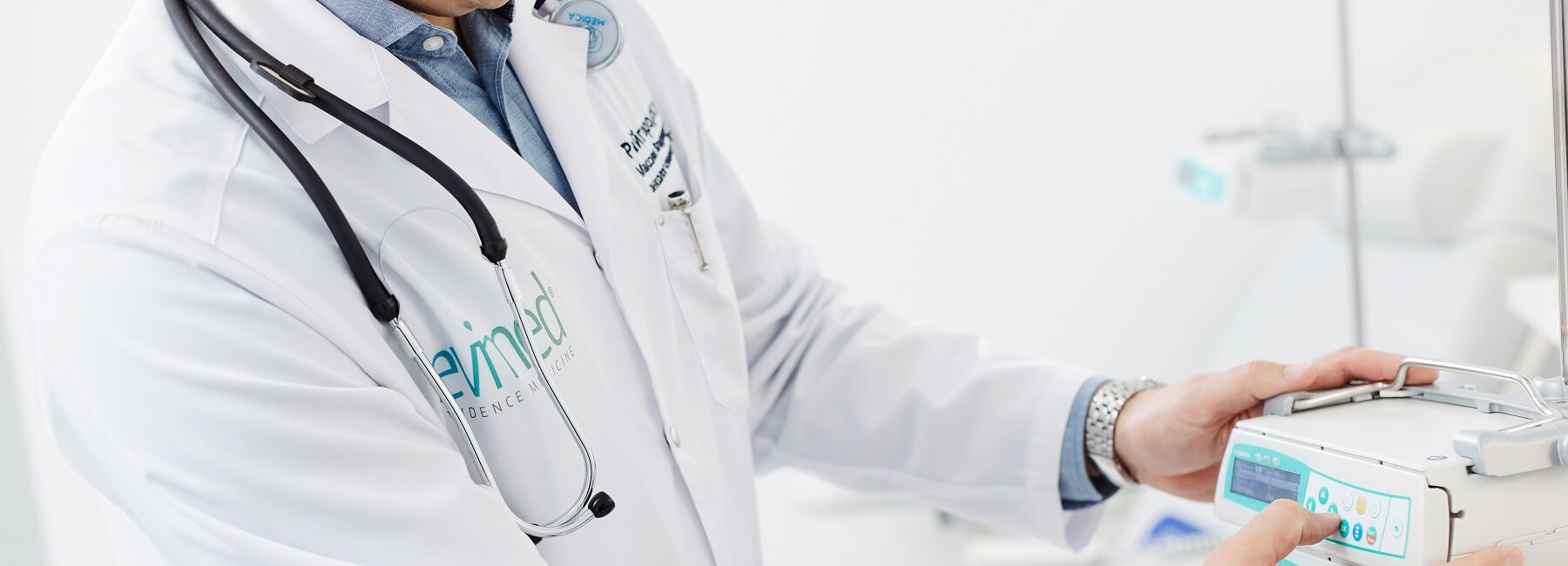Many cancer patients require long-term administration of anti-tumor and other drugs, as well as regular blood tests. Frequent intravenous injections and catheter installations cause pain and discomfort, and risk complications such as phlebitis and thrombophlebitis. Infusion port systems help avoid all this. A small reservoir is sewn under the patient's skin, one wall of which is a membrane, and it is connected by a catheter to a vein. Now, to perform an injection or take blood for analysis, it is enough to puncture only the skin and membrane. This is comfortable for the patient - the port is completely under the skin and does not interfere with daily life. The use of port systems has long been the gold standard for long-term treatment courses in all Western countries.
The main advantages of the port system include:
- The system is installed only once, thereby eliminating the risk of venous trauma that occurs with multiple venous catheter insertions. Frequent puncture can lead to the development of phlebitis or thrombophlebitis.
- The system is very compact, i.e., the patient can lead a normal life, not depriving themselves of usual joys.
- Direct access to the port system, and therefore to the vein – is easier, faster, and less painful than setting up an IV, i.e., this method increases patient comfort during treatment.
To remain functional, the port system requires regular flushing between treatment courses and after the course of treatment.
Injections and flushing should only be performed by qualified medical personnel, as the Huber needle must be inserted at the correct angle, holding the chamber to avoid damage. Hands and the area of the system are thoroughly disinfected before insertion. It is necessary to examine the port attachment site: there should be no redness, swelling, or other external changes.
The system is flushed with saline solution after the procedure. If the patient is not currently undergoing treatment, the procedure is carried out every 4-6 weeks or once every 1-3 months, depending on the model and manufacturer's instructions.
We strongly advise against doing this on your own to avoid the risk of infection or damage to the silicone membrane of the port.
At EVIMED Medical Center, the installation of an infusion port is performed on a daily basis by a highly skilled specialist with significant experience in various surgical interventions. In our work, we prefer to use the highest quality BBraun products, which ensure easy, reliable, and painless drug administration.

